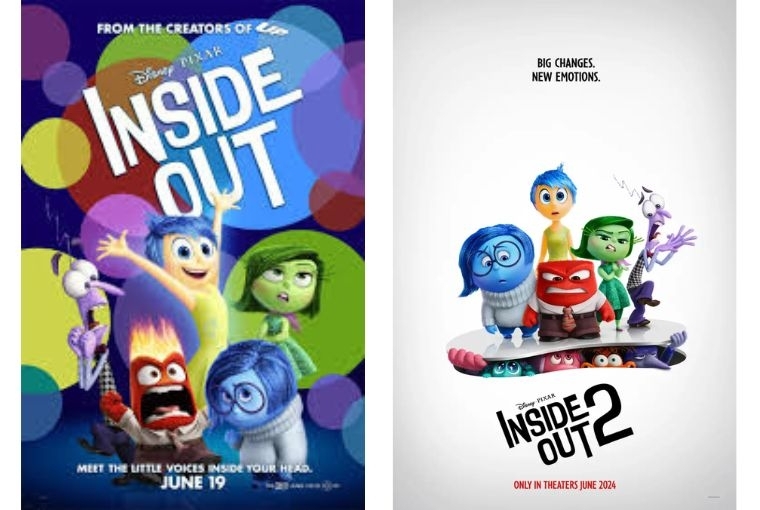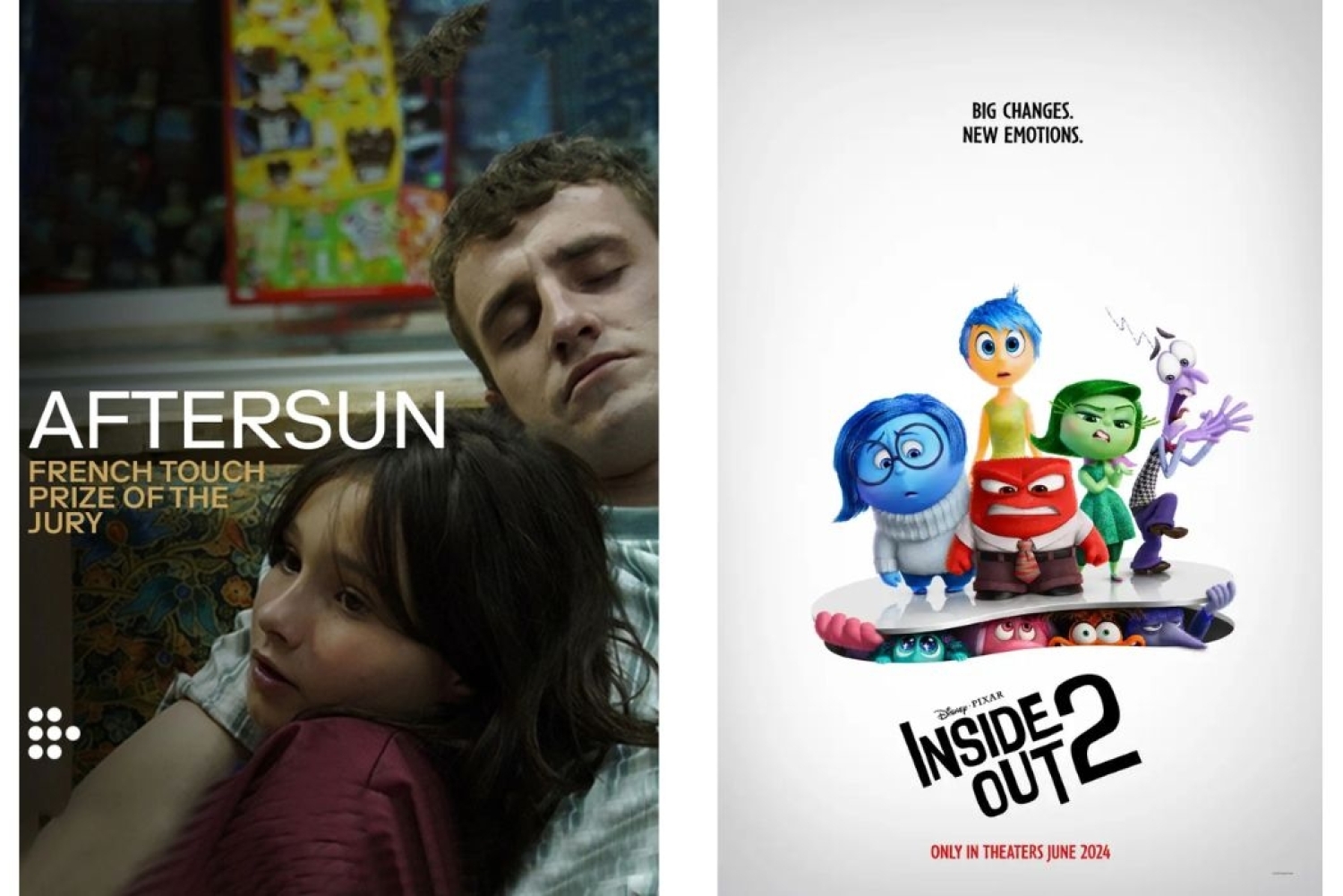

The relationship between cinema and the subject of mental health has often been a strained one. Films around the topic have generally misrepresented those who struggle with mental health, showcasing them as over-aggressive, violent, or eccentric, or, on the other hand, creating characters which are one-dimensional, solely defined by their diagnosis.
Riding the Bus With My Sister follows Rachel, who accompanies her sister Beth on the bus everyday, due to her intellectual disability and grief over their father’s death. The film focuses entirely on how Rachel improves Beth’s life, rather than giving any importance to Beth herself, and her neurodivergence is represented through colorful clothing and eccentric behavior in a rather unrealistic depiction. American Psycho, on the other hand, plays fully into the negative stereotypes surrounding those with mental illnesses. Patrick Bateman, the protagonist of the film, likely suffers from some level of antisocial disorder, due to which he becomes increasingly frustrated with those around him. However, in yet another unrealistic depiction, Bateman loses grip of reality and embarks on a killing spree, feeding into existing stereotypes about those suffering from antisocial disorder being overly aggressive.
However, that is not to say that all films are as haphazard in their depictions. Of late, more and more filmmakers across the globe have adopted a more compassionate tone in their films, creating a more accurate and nuanced representation of mental health through their characters and narratives.
Perks of Being a Wallflower (2012)
The film follows highschooler Charlie Kelmeckis as he navigates his freshman year, whilst also dealing with PTSD from various instances in his life. The film deals with sexual assault, loss of loved ones, and suicide, while also showcasing how trauma from such instances can manifest in a teen’s life, such as anger issues, aggression, self-harm ideation, and self-isolation. Charlie’s trauma shows through in his actions, such as his warped relationship with sex, due to his negative experience with it, or his angry outbursts with people in his school. Yet, while Charlie views himself negatively as a result of his mental health issues, the film refuses to condemn his behaviour. Rather, it seeks to show the audience why he acts the way he does, with flashbacks to his traumatic childhood to provide the audience with context and help foster empathy for Charlie, destigmatising, to some extent, the symptoms which come with PTSD.
Silver Linings Playbook (2012)
Pat Solitano has just been released from a psychiatric hospital with a diagnosis of Bipolar Disorder, newfound information about his diagnosis, and instructions to receive therapy and medication. Pat’s character is not entirely “normal” in his behaviour; his need to win back his wife, who has a restraining order against him, pushes him to start running around his neighbourhood with a plastic bag on to induce sweating to get in shape. Eventually, Pat meets Tiffany, an extremely depressed widow, and attraction brews. However, the film does not seek to ostracise Pat or Tiffany at all; on the contrary, it is a film about flawed people who deserve to be, and are, loved anyway. The film focuses on themes of love, openness, and acceptance. It shows the importance of support from other people in any individual’s journey of healing, such as how Pat’s realisation about who he loves is what drives him to take his medication and work to get better. The film also beautifully takes away from the “abnormality” of mental illness, showcasing how seemingly “normal” people act out in abnormal ways in certain situations, such as the fanaticism around sports, which leads even Pat’s mellow psychiatrist to don face paint and get pumped up.
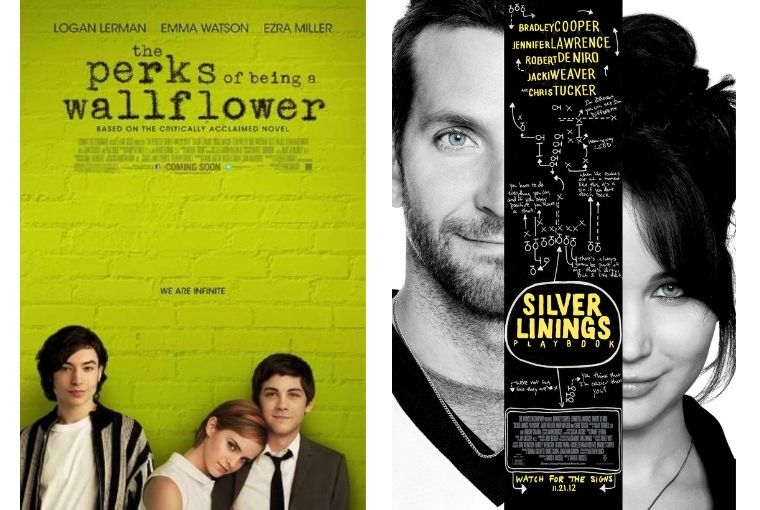
The Reason I Jump (2020)
The Reason I Jump is a documentary inspired by a transcribed autobiographical book of the same name. The documentary explores the lives of 5 young people with autism, who are non-verbal or minimally verbal. The documentary seeks to showcase why people with non-verbal autism feel more comfortable being non-verbal and how they express themselves in other ways, such as their body language or actions; it shows why they jump. The film also shows the use of the alphabet-grid prompt system, the same system used by the author of the book, and how it makes self-expression possible without the need for verbal communication.
The King of Staten Island (2020)
Loosely based on Pete Davidson’s life, who stars in the film and has also co-written it, the film follows the life of 24 year old tattoo artist Scott Carlin, as he struggles with familial, medical, and mental health issues. This film also does not mention a diagnosis outright, but Scott’s character is very open about his use of antidepressants and his struggles with self-destructive thoughts, destigmatising the conversation around getting medical help for mental illness. His character is also incredibly open about the struggles of having Crohn’s disease, often using his openness as a coping mechanism to deal with the reality of having the disease. The film, a dramedy by genre, uses humour and heart to showcase the very real struggles of living with mental illness.
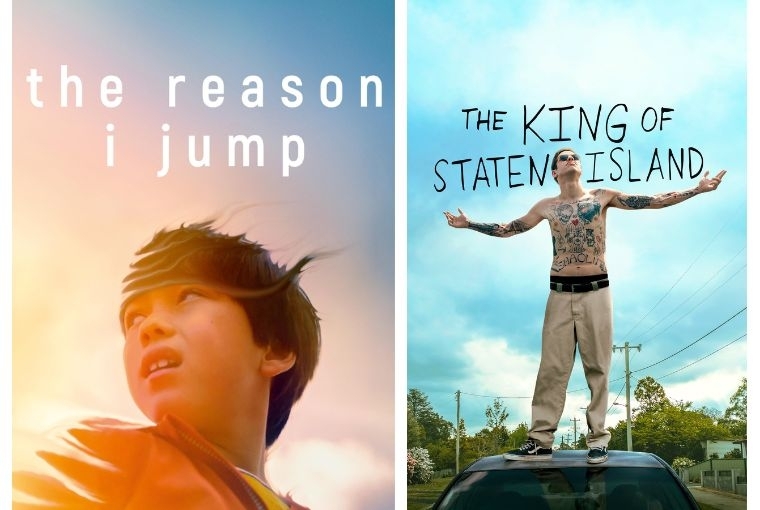
Aftersun (2020)
Aftersun highlights intergenerational trauma and depression through the lives of Calum and his daughter Sophie. The film follows the father-daughter pair during a trip to Turkey, which is implied to be around the last time Sophie saw her father, before he passed away, likely from suicide. While the film does not explicitly mention a depression diagnosis for Calum, nor does it state that he committed suicide, his struggles with his mental health are evident in his demeanour while on vacation with his daughter. The film also shows Calum’s efforts to prevent Sophie from inheriting his trauma by trying to create a healthier environment for her, unlike his upbringing. However, following his death, Sophie is still left with trauma of her own, stemming from that of her father, causing her to remain fixated on the trip to Turkey, even well into adulthood.
Parachute (2023)
Parachute follows the life of Riley, a young woman who has just left rehab and is part of a 12-month program to help her heal. The film delves into eating disorders and body image issues, specifically showcasing how depression can often manifest itself into issues with eating, and even the eventual development of body dysmorphia, which is a topic less explored in media. The film also highlights the nonlinear nature of healing from such issues, as Riley struggles with insecurities and body image issues even after she has left rehab.
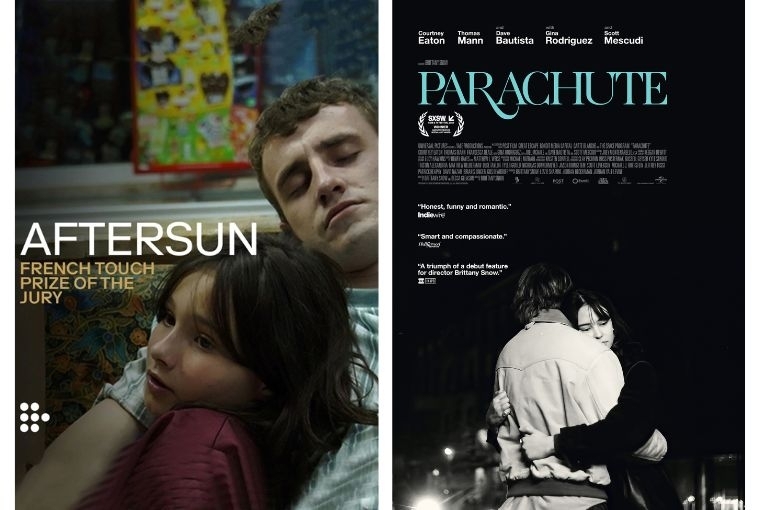
Inside Out (2015) & Inside Out 2 (2024)
The first film followed the childhood of Riley as she got in touch with the emotions in her head: joy, fear, anger, disgust, and sadness. It started a conversation about the importance of different emotions in different situations, and quickly became a tool to explain emotions to children in a more understandable way. The second part added four more emotions to the mix: anxiety, envy, embarrassment, and ennui. The film highlights the fact that while there can be healthy and unhealthy manifestations of emotions, all emotions are essential to feel and understand. The two films have also become a tool, not only for children, but even often for adults to express and speak about their emotions more simply.
Words Ayushie Shahane
Date 9.05.2025
